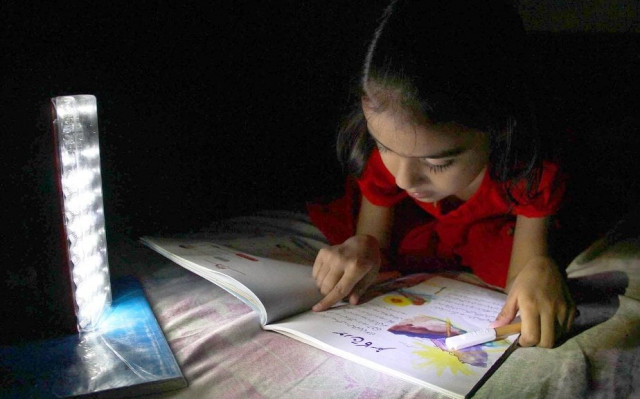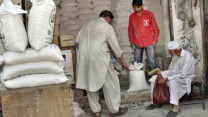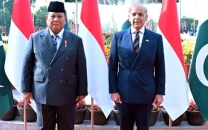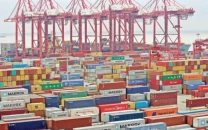The reality behind unending energy woes
Understanding the problem is key to enhancing economic growth.

Power failures gained momentum towards the end of the Musharraf regime. PHOTO: INP
Power failures gained momentum towards the end of the Musharraf regime, when load-shedding exceeded over 2,000 megawatts (MW). This had happened for the first time in history, after an extraordinary period that saw Pakistan with surplus electricity from the late 1990s to 2004-05. The power deficit soon crossed the level of 6,000MW during 2011-12, and has only worsened since. In May, this year, this shortfall surpassed 7,000MW.
Currently, Pakistan has an installed electricity generation capacity of about 19,500MW. Hydel power generation accounts for about 8,000MW, whereas the remaining 11,500MW is dependent on thermal power plants which use natural gas or furnace oil.

One of the major reasons for the severe shortfall is a reduction in the supply of natural gas for electricity generation. A reduction of nearly 33% over six years has been observed due to the unprecedented allocation of natural gas to other sectors. Electricity generated from natural gas, which stood at a peak of 43,472 gigawatt hours (GWh) in 2005, declined drastically to 25,879 GWh in 2011.
The lack of transparency and accountability, maladministration in generation companies and the National Electric Power Regulatory Authority, a frail transmission and distribution network, inefficient electricity production through fossils fuels, outdated policies, chronic line losses and power theft are other contributing factors responsible for the crisis in the power sector.
This persistent shortage of electricity has adversely affected the economy. According to the Planning Commission of Pakistan, total accumulated circular debt for fiscal 2013 is around Rs742 billion; whereas each month around Rs30.5 billion is added to circular debt on account of the tariff differential subsidy and other cash flow issues.
This huge burden on the public exchequer is largely due to misconduct and misgovernance of power sector companies and basic structural impediments throughout the sector. In addition to that, power shortages have resulted in an annual loss of about 3-4% of GDP, which is alarming. Meanwhile, around 10% of the labour force has been either unemployed or laid off.
Although installed generation capacity is greater than peak summer demand, exorbitant production costs makes the electricity unaffordable for domestic consumers and uneconomical for commercial uses.
It is a proven fact that access to sustainable energy boosts economic growth dramatically and directly improves the lives of the poorest and most vulnerable. According to estimates, for every 1% of GDP growth in Pakistan, an increase of 1.25% in electricity supply is required. However, there is dire need of continued investment in the power sector to achieve sustained economic growth. If done right, sustainable power can be made available because Pakistan has huge hydro and thermal energy reserves.
It is commendable that PML-N leadership has identified increased access and more reliable electricity as a key priority to build a brighter future. Now it is the government’s responsibility to measure up to the expectations of the people of Pakistan for what has been promised.
THE WRITER IS A PUBLIC POLICY ANALYST AND CONSULTANT AT SUSTAINABLE DEVELOPMENT POLICY INSTITUTE.
Published in The Express Tribune, June 24th, 2013.
Like Business on Facebook, follow @TribuneBiz on Twitter to stay informed and join in the conversation.



















COMMENTS
Comments are moderated and generally will be posted if they are on-topic and not abusive.
For more information, please see our Comments FAQ